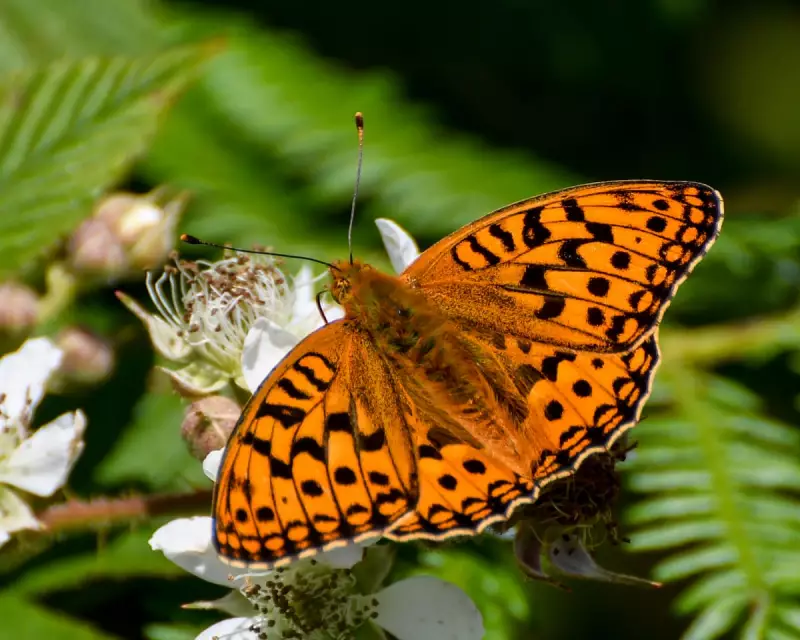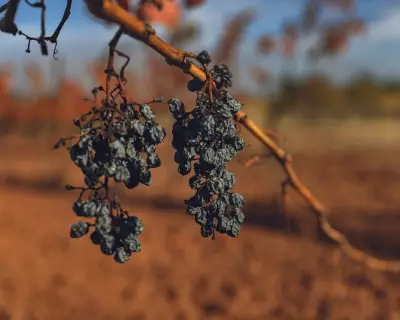
Wales's Biodiversity in 'Precarious Position' as Nearly 3000 Species Face Extinction Threat
A groundbreaking report has delivered a stark warning about the state of nature in Wales, revealing that almost 3,000 species are at serious risk of disappearing from the country. The 'Species in Peril' study from Natural Resources Wales (NRW) is the first in the UK to identify the rarest species based on how geographically limited they are.
The comprehensive assessment found that 2,955 terrestrial and freshwater species are in peril because they are confined to five locations or fewer across Wales. Alarmingly, the report confirms that since the millennium, 11 species have already been lost to Wales, including the turtle dove and belted beauty moth.
Beloved Wildlife Among Those at Risk
The list of species in danger includes some of Wales's most cherished wildlife. Among them are 25 bird species, including the black grouse, five fish species, six mammals and the natterjack toad – Wales's only amphibian on the list.
Other notable species facing extinction risk include the high brown fritillary butterfly and several bat species, such as Bechstein's bat which is confined to the Wye valley in south-east Wales. The Skomer vole, which lives exclusively on the island of Skomer off the south-west coast, also features on the concerning list.
The scale of the crisis extends beyond larger animals, with the report identifying more than 2,000 invertebrates, 309 fungi and 321 lichens at risk. Particularly worrying is that almost half of the threatened species – 1,262 in total – are restricted to just single locations.
Local Pressures and Conservation Solutions
Professor Steve Ormerod of Cardiff University and NRW explained that while the climate emergency and agricultural intensification contribute to the wider environmental crisis, species with restricted distributions face more localised threats.
"The pressures are often more local: woodland management in which trees or deadwood are lost, changes to water levels in peatland or pollution in ponds, lakes or streams," said Ormerod.
Despite the sobering findings, the report offers a glimmer of hope. It emphasises that safeguarding most species in peril requires relatively modest financial investment and could often be achieved by tweaking existing land management practices.
Simple measures such as strimming vegetation to create more open conditions, scrub clearance, and managed grazing have already proven effective. One successful example highlighted is the introduction of goats to graze at Stanner Rocks in Powys, which has helped preserve rare plants including the Radnor lily.
Mary Lewis, head of natural resource management policy at NRW, stressed the urgency of action: "This report makes it clear that we aren't simply at risk of seeing species going extinct in Wales, it's already happening. As a country, we need to take the threat seriously."
The analysis identified several conservation hotspots, with Newborough Forest and Warren on Anglesey supporting 130 species judged to be in peril. Woodland, parkland and scrub ecosystems were found to be most crucial for threatened species, supporting nearly a third (1,076 species) of those at risk.
With three-quarters of these species located on protected sites, conservationists have a clear framework for targeted action to prevent further losses to Wales's precious biodiversity.





